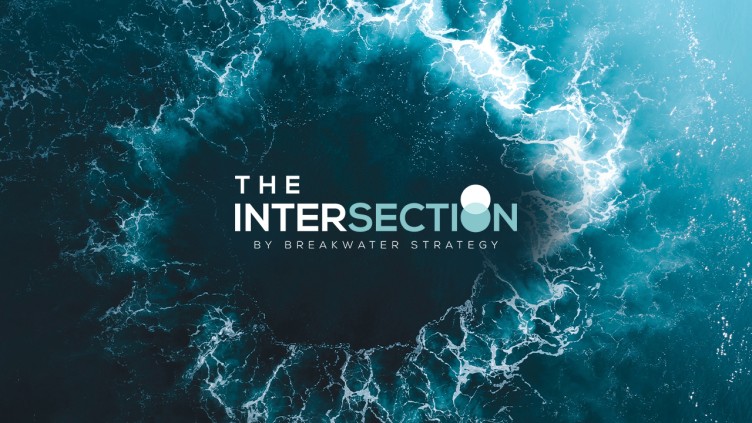As institutional investors increasingly prioritize environmental, social, and governance (#ESG) considerations in their investment decisions, public companies are under growing pressure to demonstrate their commitment to sustainability. With over $20 trillion in global assets under management (AUM) focused on ESG-specific funds, and projections suggesting that this figure could exceed $50 trillion by 2026, the stakes are high for CEOs looking to navigate the complex ESG landscape.
Despite the widespread adoption of ESG strategies, some investors remain skeptical of companies’ commitment to addressing climate-related issues. PwC’s 26th Annual Global CEO and Investor Survey recently revealed that investors still believe that CEOs are “trailing their expectations” on climate related issues.
And while some believe that CEOs aren’t doing enough, there is growing opposition on the other side of the spectrum. The House and the Senate have voted to overturn a set of regulations from the Biden Administration that allow using ESG considerations as a set of investment criteria, and in some states, officials are pulling billions of dollars in pension and public funds from leading institutional investors in the ESG space.
That trend will only continue in the months ahead; ”anti-wokeism” looks to be a defining issue in the 2024 GOP presidential primary, with candidates already jockeying for who can be the most vocal critic of ESG. The bubbling ESG aversion is already rippling into the Capital Markets; recently, one of the largest asset managers in the world withdrew from an alliance focused on achieving net zero emissions by 2050.
As both the Q1 2023 Earnings Call season approaches and the 2024 presidential election season looms, how should CEOs and their companies successfully navigate the increasingly complex ESG landscape across the #FourVectors of the #State (policy makers and regulators), #Society (the public at large), the #Organization (current and future employees), and the #CapitalMarkets?
One answer is to focus on a mindset that we call Total Environmental, Social, and Governance Return (TESGR), which aims to identify activities that can generate sustained impact across all Four Vectors –– both in terms of hard financial metrics and less quantifiable measures like employee engagement.
Here are three key actions that CEOs and their companies can take to communicate their TESGR:
1) Reinforce Your Purpose: Engage Your Community and Your Employees
Companies that demonstrate a strong sense of purpose tend to both generate higher returns from the Capital Markets and enjoy higher levels of discretionary employee engagement within the Organization. By helping employees to understand how their work positively impacts end markets, consumers, and communities, CEOs can drive higher levels of workforce retention and productivity. This, in turn, can contribute to a strong employment brand that is critical for recruitment of top talent (especially women, diverse talent, and younger generations) in a tight labor market.
2) Communicate your TESGR to the Street
Effective ESG approaches can drive strong total shareholder returns when they are aligned with value creation. During upcoming earnings calls, CEOs can outline how their approach is driving incremental top-line growth through client or consumer preference, margin expansion through effective energy consumption and risk mitigation, and more. By clearly communicating the link between their ESG approach and their long-term free cash flow, CEOs can help investors to understand why their company’s approach is a platform for market performance.
3) Engage State Actors
The right ESG strategy can generate significantly higher levels of strategic flexibility when it comes to engaging with State actors. CEOs can directly engage with key government officials and regulators to help them understand the decisions they have made, the value they’ve generated, and their longer-term vision. In many industries, the potential for increased government regulation poses a significant risk to both EBITDA and the “creeping cost” of capital (those risks are particularly evident in highly-sensitive industries like banking). While your approach may diminish the risks and associated costs of incremental governmental action, the opportunity to engage and solicit the support of State actors for your ESG agenda has the potential for much higher returns over time. Make sure to do both.
As the debate around ESG continues, effective communication is key to navigating the turbulence. By focusing on their TESGR and taking these three key actions, CEOs can help to demonstrate their company’s commitment to sustainability and generate value across all Four Vectors.
Reach out to Breakwater Strategy to learn more, or to chart your course ahead.

